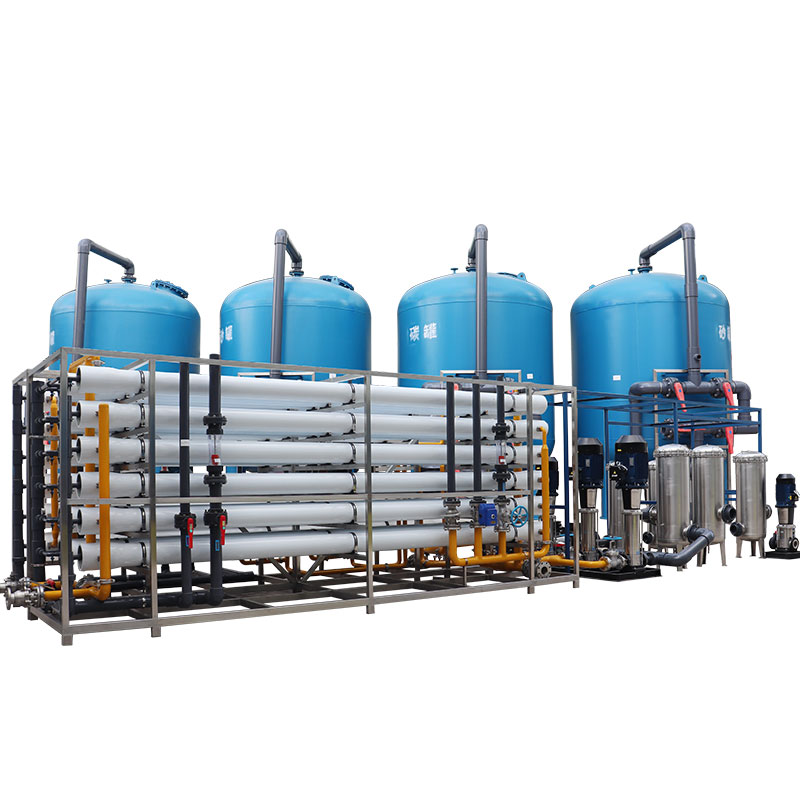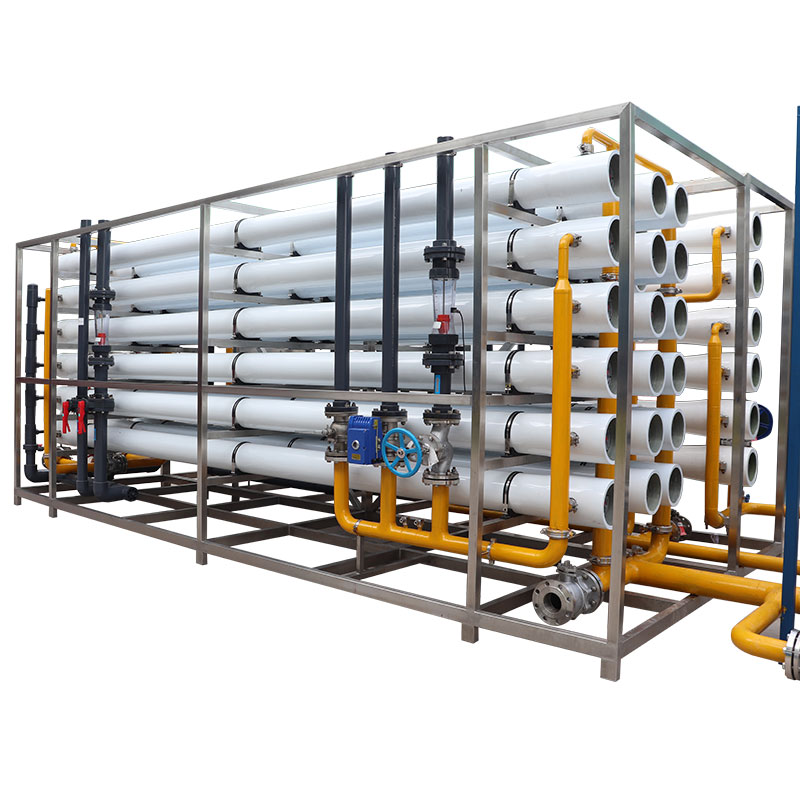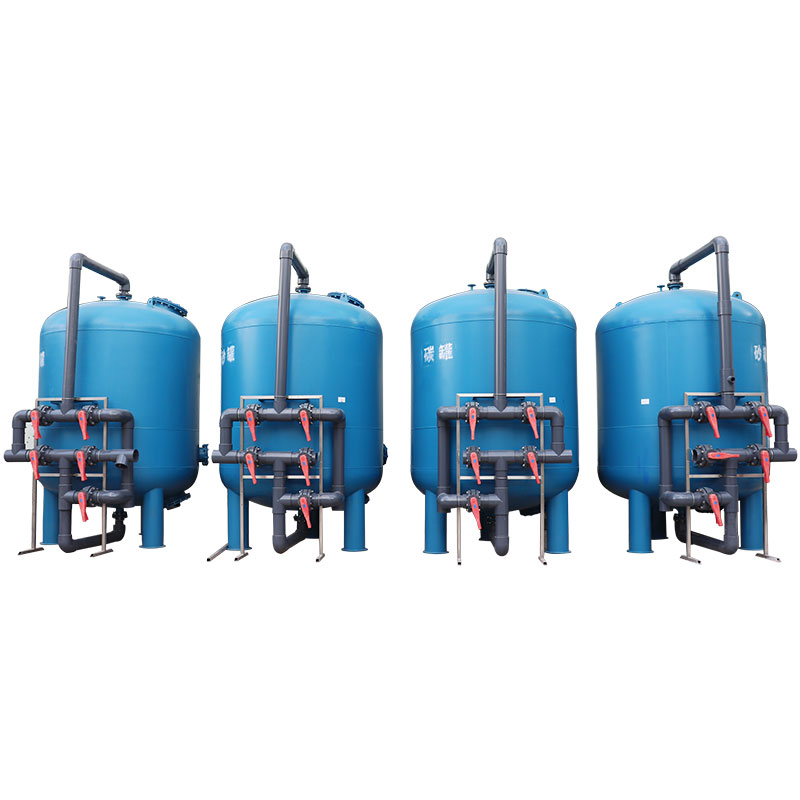What are the disadvantages of desalination of brackish water?
Brackish water desalination, as an important technical means to solve the shortage of fresh water resources, does have its advantages, but it also has some shortcomings and challenges.
Energy intensive:
First, most forms of brackish water desalination are energy intensive. This means that carrying out the brackish water desalination process requires a large amount of energy, especially thermal energy, to evaporate seawater or other salty water sources and condense the steam into fresh water. Without the use of renewable energy to produce fresh water, brackish water desalination could increase reliance on fossil fuels, which in turn increases greenhouse gas emissions and exacerbates climate change.
Ecological impact:
Secondly, bracketish water desalination may have a certain impact on the ecological environment. In particular, the surface water intake of the Brackish Water Desalination Plant may pose a huge threat to marine life. Living organisms in seawater, such as fish and marine plants, may be pumped into the desalination plant, affecting the ecological balance and biodiversity. In addition, the high-salt wastewater discharged from the brackish water desalination plant may also have a negative impact on the surrounding marine ecological environment.
Cost and technical challenges:
Finally, brackish water desalination also faces cost and technical challenges. Although technology continues to advance, bracketish water desalination still requires substantial capital investment and high-end technical support. The high cost makes brackish water desalination not practical or economically feasible in some areas, especially in poorer areas. In addition, the bracketish water desalination technology itself still has some problems, such as high energy consumption, high corrosivity, and easy damage to the equipment, which requires continuous technical improvement and optimization.

How to solve the energy consumption problem of bracketish water desalination?
Renewable energy applications:
First, to solve the energy consumption problem of brackish water desalination, renewable energy can be considered to produce fresh water. Solar energy and wind energy are common renewable energy sources that can be used to drive key steps such as evaporation and condensation in the brackish water desalination process, thereby reducing reliance on traditional energy sources and reducing energy consumption.
Energy efficiency improvements:
Secondly, energy efficiency can be improved and energy consumption reduced by improving brackish water desalination technology and processes. For example, using more efficient membrane materials, optimizing the evaporation and condensation process, improving pressure energy recovery and other technical means can effectively reduce the energy consumption of the brackish water desalination process.
Coordinated development of energy and environment:
Finally, it is necessary to promote the development of brackish water desalination technology under the principle of coordinated development of energy and environment. While promoting brackish water desalination technology, priority should be given to the use of renewable energy to reduce dependence on fossil energy, and effective measures should be taken to reduce the impact on the ecological environment. At the same time, the government and enterprises should also increase their support for the research and development and application of brackish water desalination technology and promote its development in a more energy-saving and environmentally friendly direction.

What are the measures to deal with the impact of brackish water desalination on the environment?
After understanding the possible environmental impacts of brackish water desalination, people began to explore various countermeasures to mitigate these impacts.
Monitoring and evaluation:
First, to better understand the actual impact of brackish water desalination on the environment, ongoing monitoring and assessment is needed. This includes monitoring the impact of desalination emissions on marine life, changes in ocean water quality, and more. By collecting and analyzing data in a timely manner, potential environmental problems can be discovered and timely measures can be taken to deal with them.
Ecological restoration and protection:
Secondly, in order to reduce the threat of brackish water desalination to marine life, ecological restoration and protection measures need to be taken. This includes establishing marine protected areas and banning fishing around desalination water intakes to reduce disturbance and damage to marine life. At the same time, ecological restoration measures can be taken to restore damaged marine ecosystems and protect the habitats of marine life.
Technological innovation and improvement:
Finally, in order to further reduce the environmental impact of brackish water desalination, continuous technological innovation and improvement are required. This includes developing more environmentally friendly and efficient desalination technologies, reducing emissions and energy consumption during the desalination process, and improving desalination efficiency and water quality stability. Through continuous technological innovation and improvement, a win-win situation between brackish water desalination and environmental protection can be achieved.

Although brackish water desalination has some disadvantages and environmental impacts, by adopting sustainable solutions, energy-efficient technologies, eco-friendly design and environmental protection measures, these problems can be minimized and the benefits of brackish water desalination achieved sustainable development. At the same time, continuous monitoring and evaluation, ecological restoration and protection, and technological innovation and improvement will provide effective paths and methods for the integration of brackish water desalination and environmental protection.




